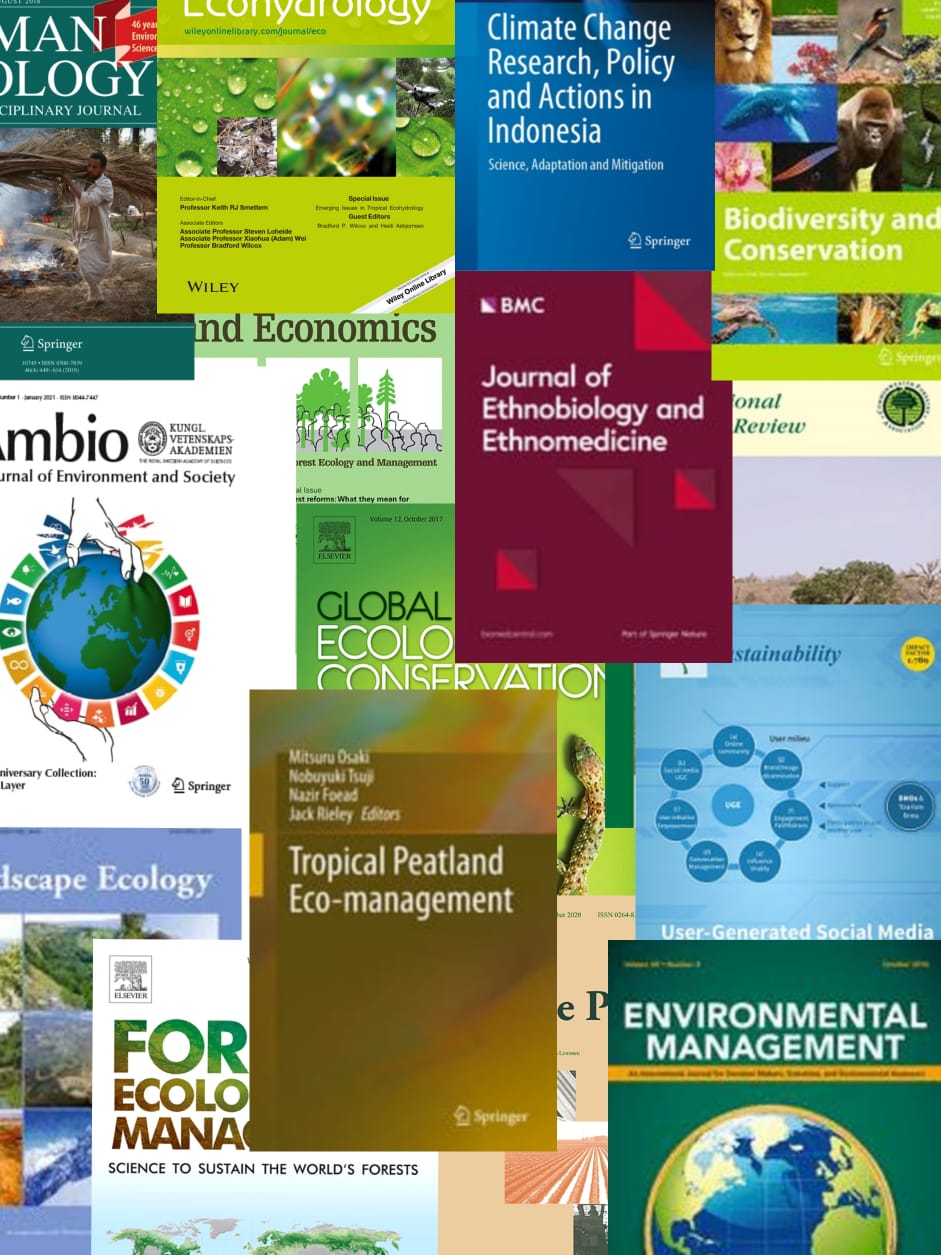Fine root biomass, A-mycorrhizal infection and root nodulation was studied ia two watersheds planted with Acacia mangium, where one of the watersheds (W5) had been subject to tractor logging and burning of residues after clearfelling, while the other (W4) had been subject to manual hauling of timber and no burning. The latter treatment had proved more successful; growth of A. mangium was twice as high, while nutrient losses were reduced by 50%. In our study we could not directly attribute these differences to variations in fine root biomass or occurrence of root symbioses. However, on tractor tracks, which covered 24% of W5, fine root biomass was reduced by 75%, and mycorrhizal infection and root nodulation were reduced as well (as compared to elsewhere in W5). These negative aspects should be taken into account when logging operations are planned, in particular since effects of tractor tracks can persist for many years. (C) 1998 Elsevier Science B.V.
View source

